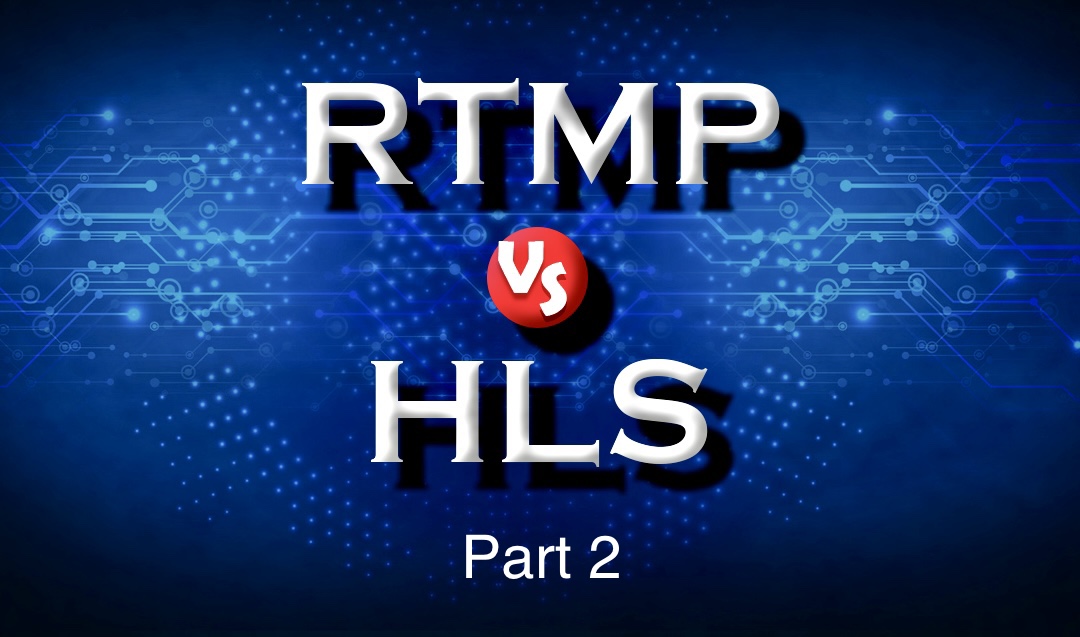Jock Mirow, Director of Live Streaming at Radiant Technologies, describes what makes HLS so unique.
In the battle for the definitive streaming codec & delivery methodology, a return to the simple things may win the day.

We discussed in my previous article the clunky evolution from RTMP to HLS – RTMP has some structural and technical drawbacks (specific ports required, unique protocol, a player required, etc.), and the resultant solution of using the simplistic methodology of “playlist & songs” translated into a video to “playlist and video chunks”. Therein lies the beauty of HLS – its old tech (playlists) repurposed to solve a current problem.
The elements of the HLS file are as basic as can be – it’s a manifest list. The file simply contains the instructions “play these TS files in this order”. That’s it. The beauty of this is in its simplicity. The only complexity that has been added is its ability to determine available bandwidth and play the corresponding segment: there may be several versions of each “chunk” depending upon the encoding and the target audience. For example, the first “chunk” to be played may have several different versions: chunk1_720.ts, chunk1_640.ts, chunk1_360.ts, etc. In this case, the master manifest file contains a sublist of manifests, a “list of lists” for delivery based on available bandwidth. The master list allows the playback to vary between sublists as long as the linear continuity is preserved.
So we’ve achieved several milestones with HLS – ease of transport using HTTP / HTTPS basic file delivery, no “encode/decode” or player issues and bandwidth limitations have been surmounted because the whole thing is essentially a progressive download that chooses the best file segment for delivery. But as they say in TV Land, “Wait, there’s more!”
Before continuing with the rest of our dissection of HLS – please watch the following video: https://youtu.be/cS06eprlj2I (If you simply don’t have time, it’s “It’s Money That Matters” by Randy Newman.) The point being that technology for its own sake can be a wonderful thing, but at the end of the day – it’s gotta make money. And HLS brought a new way to deliver advertising that was unprecedented.
The RTMP / RTSP landscape (or the single file MP4 progressive download world, for that matter) had an advertising problem – they could play pre-roll ads (and in some primitive instances) mid-roll & end-roll advertising, but it was inefficient and easy to defeat. Because the ad servers pulled a discreet (unique) file prior to the delivery of the main file, it was easy to block and / or defeat this type of ad delivery. Simply load an ad blocker into your system that turned down requests from known ad servers or recognized certain other file characteristics and you were ad-free. And really, even if your ads weren’t blocked, were you willing to assume the expense of feature film delivery to display a series of ads ONLY at the beginning of your movie?
Next: HLS and Server-Side Programmatic Ad Insertion

Download The Radiant App To Start Watching!
Web: Watch Now
LGTV™: Download
ROKU™: Download
XBox™: Download
Samsung TV™: Download
Amazon Fire TV™: Download
Android TV™: Download

